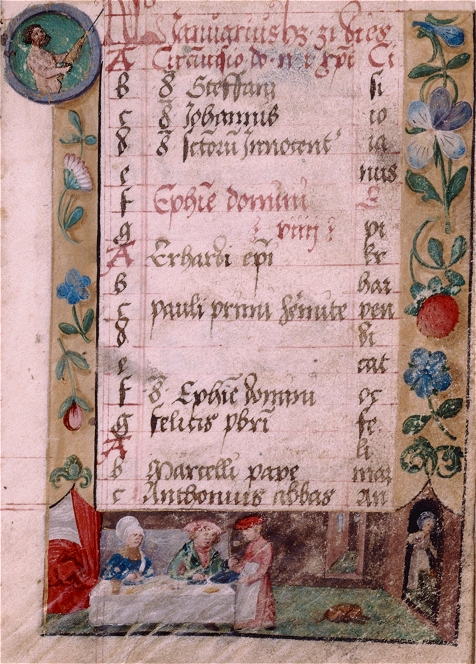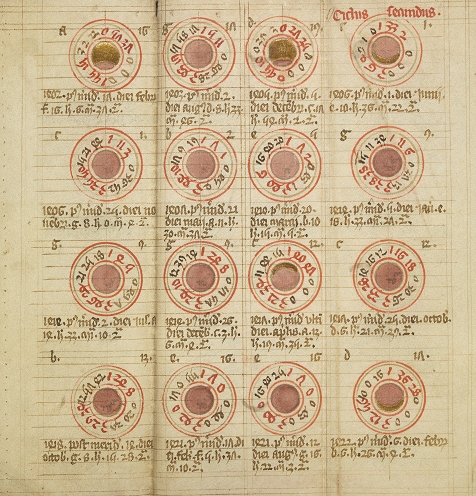- 1
- All Saint's Day
- 2
- St Victorinus (d. ca. 303)
- All Soul's Day: Prayers were offered for the dead. Children went 'a-souling' – door to door singing and asking for soul cakes.
- 3
- St Malachy (d. 1148)
- St Winefride (seventh century)
- 4
- St Vitalis (third century)
- 5
- St Bertrille (d. 692)
- 6
- St Leonard (sixth century)
- 7
- St Willibrord (ca. 658-739)
- 9
- St Theodore the Recruit (d. 306)
- 10
- St Leo the Great (d. 461)
- 11
- St Martin of Tours (ca. 316-397)
- 13
- St Abbos of Fleury (d. 1004)
- St Brice (d. 444)
- St Homobonus (d. 1197)
- 14
- St Lawrence (1128-1180)
- 15
- St Albert the Great (1206-1280)
- 16
- St Gertrude (d. 1302)
- St Margaret of Scotland (d. 1093)
- 17
- St Gregory of Tours (539-594)
- St Hilda (614-680)
- St Hugh (1140-1200)
- 18
- St Odo of Cluny (879-942)
- 19
- St Elizabeth of Hungary (1207-1231)
- 20
- St Edmund (d. 870)
- 21
- St Columbanus (ca. 543-615)
- 22
- St Cecily (d. ca. 230)
- 23
- St Clement (d. 100)
- 25
- St Catherine (Fourth century): On St. Catherine's Day wheel brooches were worn as reminders of the saint's death. Important foods for the feast included Cathern Cakes. After the feast, circle dances were performed.
- 27
- St James Intercisus (d. 421)
- St Virgil (d. 784)
- 29
- St Saturninus (d. ca. 257)
- 30
- St Andrew (First century)
Photo credits: (Related Resources) (1) Opening page of calendar, elaborate border design with human figures, 1530, Digital Collections, The New York Public Library on Wikimedia Commons (2) Medieval folding almanac, ca. 15th century, Wellcome Library on Wikimedia Commons, Creative Commons CC BY 4.0

